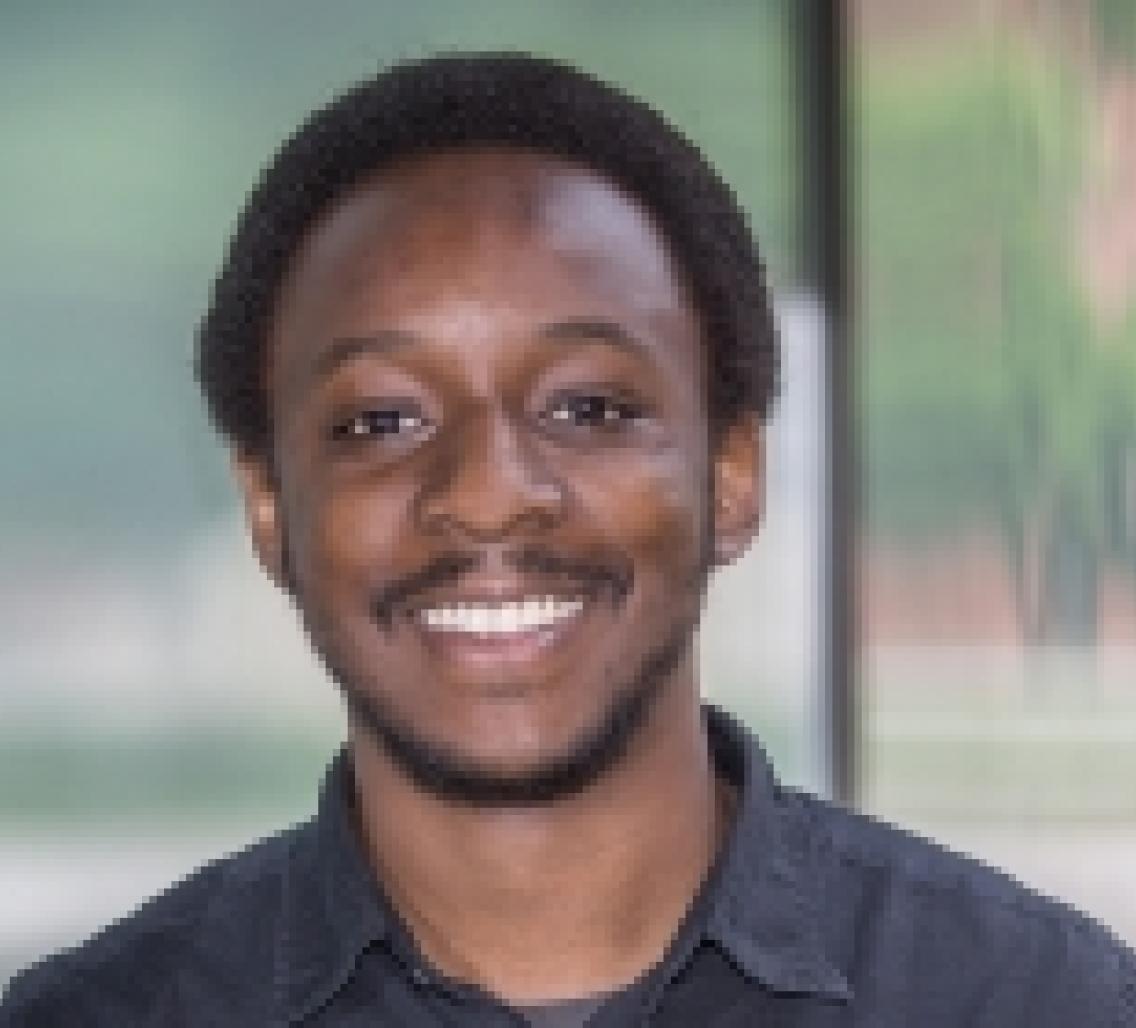Event Details:

Demba Ba
Harvard University
Abstract
Two important problems in neuroscience are to understand 1) how populations of neurons encode stimuli and how this encoding is related to behavior and 2) how the brain represents sensory signals hierarchically. I have developed theoretical and computational unsupervised learning tools to answer these questions. In the first part of my talk, I will describe a statistical framework to identify sub-groups of neurons within a larger population that have similar response profiles. The framework clusters multiple rasters that exhibit nonlinear dynamics into an a-priori-unknown number of functional sub-groups that each comprises rasters with similar dynamics. I will show an application to clustering neuronal responses from the prefrontal cortex of mice in an experiment designed to characterize the neural underpinnings of the observational learning of fear. The method is able to identify “empathy” clusters of neurons, namely groups of neurons that allow an observer mouse to understand when a demonstrator demonstrator is in distress. In the second part of my talk, I will describe a deep generalization of the famous sparse coding model of Olhausen and Field. I will show a strong parallel between this deep sparse coding model and deep neural networks with ReLu nonlinearities, namely that a deep neural network architecture with ReLu nonlinearities arises from a finite sequence of cascaded sparse coding models, the outputs of which, except for the last element in the cascade, are sparse and unobservable. The benefits of the deep sparse coding model are two-fold. First, it gives answers based on theory to the question "what is the complexity of learning a deep ReLu auto-encoder?". Second, it makes experimentally-testable predictions as to the principles that may underlie hierarchical sensory processing in the brain.
Related Papers
[1] Deeply-Sparse Signal rePresentations (DS2P)
[2] Deep Residual Auto-Encoders for Expectation Maximization-based Dictionary Learning